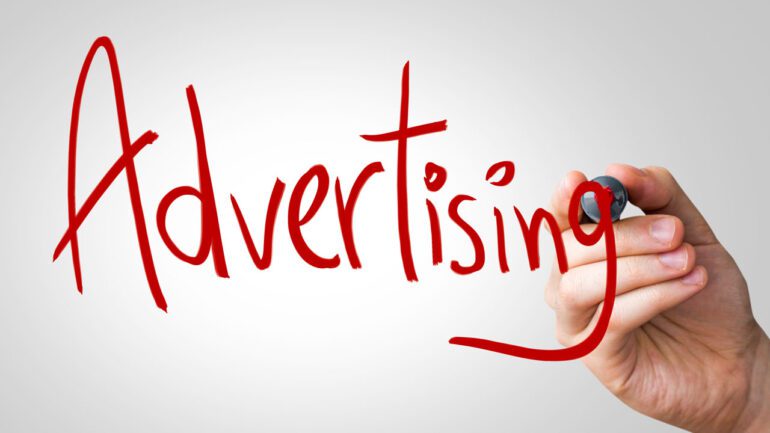TL;DR:
- AI-generated ads are gaining traction due to cost-effectiveness.
- WPP and Unilever lead the adoption of AI for cutting marketing costs and enhancing ad production.
- Examples of Nestlé, Mondelez, and Cadbury utilizing AI-generated content for successful campaigns.
- Debate arises on whether AI-generated ads need clear labeling.
- Collaboration between AI companies and the White House to develop watermarking technology.
- Ken Sickles emphasizes the need for industry-standard policies on tagging AI-generated content.
- Jasper AI copywriting tool secures $125 million in funding, marking a pivotal moment in AI-driven marketing.
- Brands like Adore Me experiment with AI for creative marketing while facing the challenges of implementation.
- Concerns remain over copyright protection and security risks associated with AI-generated ads.
Main AI News:
In today’s rapidly evolving business landscape, the utilization of artificial intelligence (AI) has proven to be a game-changer, particularly when it comes to advertising. The rising prevalence of AI-generated ads can be attributed to their cost-effectiveness and efficiency. Crafting an advertisement has historically been a complex and expensive endeavor, prompting many brands to turn towards generative AI as a viable solution to streamline this process.
Major players in the advertising realm, including industry giants like WPP and multinational conglomerates like Unilever, have embraced generative AI as a strategic tool to curtail marketing expenditures while simultaneously amplifying their ad output. WPP, a renowned advertising agency, has championed the integration of AI, with prominent clients like Nestlé and Mondelez, creators of beloved brands such as Oreo and Cadbury, harnessing the power of OpenAI’s DALL-E 2 to concoct innovative ads.
A noteworthy example involved Cadbury, where an AI-generated video featuring Bollywood sensation Shah Rukh Khan was broadcasted in India. The video enticed pedestrians to explore local stores, showcasing the remarkable potential of AI in advertising. The CEO of WPP highlighted the remarkable cost-cutting impact of generative AI, citing potential savings that could range from “10 to 20 times.”
Unilever, another industry heavyweight, took a different approach by developing its proprietary generative AI advertising tools. This technology was employed to craft persuasive narratives for one of their flagship shampoo products. As the trend of incorporating generative AI into ad campaigns continues to gain momentum, a pressing question emerges – should consumers be informed that the content they’re viewing is AI-generated?
To address this concern, major AI corporations collaborated with the White House to pioneer watermarking technology, aiming to distinctly label content produced using AI tools. This initiative serves to provide transparency and clarity, potentially encompassing AI-generated ads within its purview. Experts in the field, like Ken Sickles, Chief Product Officer of digital watermarking company Digimarc, advocate for standardized policies surrounding the tagging of AI-generated content.
Sickles emphasized the significance of context in evaluating AI-generated marketing content, asserting that tagging such content enhances comprehension. However, he contends that the industry necessitates a universally accepted policy to govern this practice effectively. The realm of marketing and advertising has been at the forefront of integrating generative AI, particularly in copywriting, where AI-driven language models craft compelling content to drive consumer engagement.
A prime example is the success story of Jasper, a cutting-edge AI copywriting tool that captured the tech industry’s attention by securing $125 million in Series A funding in 2022. Beyond traditional advertising powerhouses, even digital-native brands have joined the AI experimentation wave. Adore Me, a direct-to-consumer lingerie brand, leveraged generative AI to revolutionize how it markets products like bras and intimate apparel, effectively circumventing censorship hurdles.
Nevertheless, there is a critical phase ahead in translating experimentation into concrete implementation. While companies continue to embrace generative AI for advertising endeavors, valid concerns persist regarding copyright protections and security vulnerabilities linked to AI-generated content. Striking a balance between innovation and safeguarding intellectual property remains an ongoing challenge.
Conclusion:
The growing utilization of AI-generated ads is revolutionizing the advertising landscape. Companies, both established and emerging, are leveraging generative AI to streamline marketing processes, cut costs, and create more ads. While the potential for innovation is significant, the industry must grapple with questions of transparency, ethics, and legal protection as it continues on this transformative trajectory.

